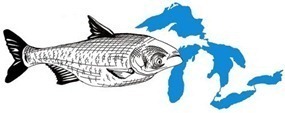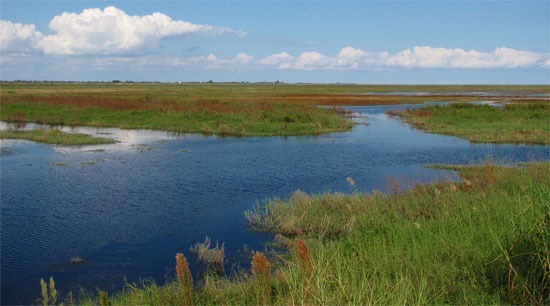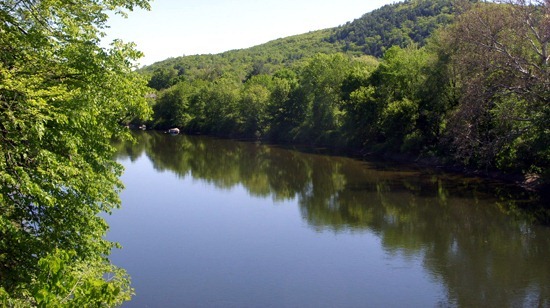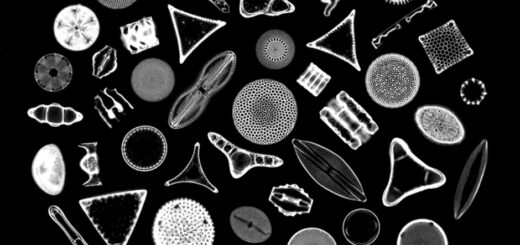Joint U.S. and Canadian study will assess the Asian carp threat
0 A major research project was announced yesterday that will bring together top U.S. and Canadian scientists to determine the real level of threat posed by Asian carp to the Great Lakes.
A major research project was announced yesterday that will bring together top U.S. and Canadian scientists to determine the real level of threat posed by Asian carp to the Great Lakes.
The joint study will last 18 months and assess how likely it is that the bighead and silver carp will thrive and spread through the Great Lakes should they gain entry.
“We have seen the destructive behavior of Asian carp in parts of the Mississippi and Illinois rivers, where they have disrupted the food web by hogging the plankton on which many fish depend,” Becky Cudmore, senior research scientist for Fisheries and Oceans Canada, told the Associated Press. “We are not taking the threat to the Great Lakes lightly.”
The carp remain within just 25 miles of Lake Michigan in Chicago’s waterways, halted by two electric barriers meant to protect the lake from foreign invaders coming through the Mississippi River system. Researchers have detected Asian carp DNA in several locations north of the barriers, but only one actual fish has turned up.
Many fear that the massive, voracious carp could thrive in the Great Lakes and outcompete other aquatic life for plankton, putting the region’s multi-billion dollar fishing industry at risk.
Others contend that the threat has been blown out of proportion and it pales in comparison to the risks posed by other invasive species.
Michigan Technological University biologist Charlie Kerfoot, for instance, has said quagga mussels are consuming phytoplankton in Lake Michigan so rapidly that there might not be any food left by the time the Asian carp arrive. Moreover, some say that the lakes could be too cold for the carp or have too few tributary rivers for spawning.
The collaborative study will examine these issues, as well as assess whether the carp could gain entry to the Great Lakes elsewhere, the damage to the region a full-scale invasion could cause, and how regulators and natural resource managers can prevent the carp from entering lakes or control their numbers if they do gain a foothold. The project will also seek to reconcile differences between separate U.S. and Canadian initial assessments conducted on the Asian carp threat in 2004 and 2005 respectively.
“With this risk assessment, we will have a vastly improved understanding about where Asian carps might establish a population within the basin,” said David Ullrich, the Great Lakes Fishery Commission’s U.S. chairman.
Asian carp, for better or worse, have become the “poster species” of Great Lakes invasive threats. Do you think the fish live up to their notoriety? Share your thoughts in the comments below.
Canada joins US in Asian carp research project [Associated Press] Canada, U.S. join forces for Asian Carp study [Toronto Sun] Research Project Will Determine Danger of Asian Carp in Great Lakes [News Talk WTAQ]
Image Credit: http://www.flickr.com/photos/notionscapital/ / CC BY 2.0













